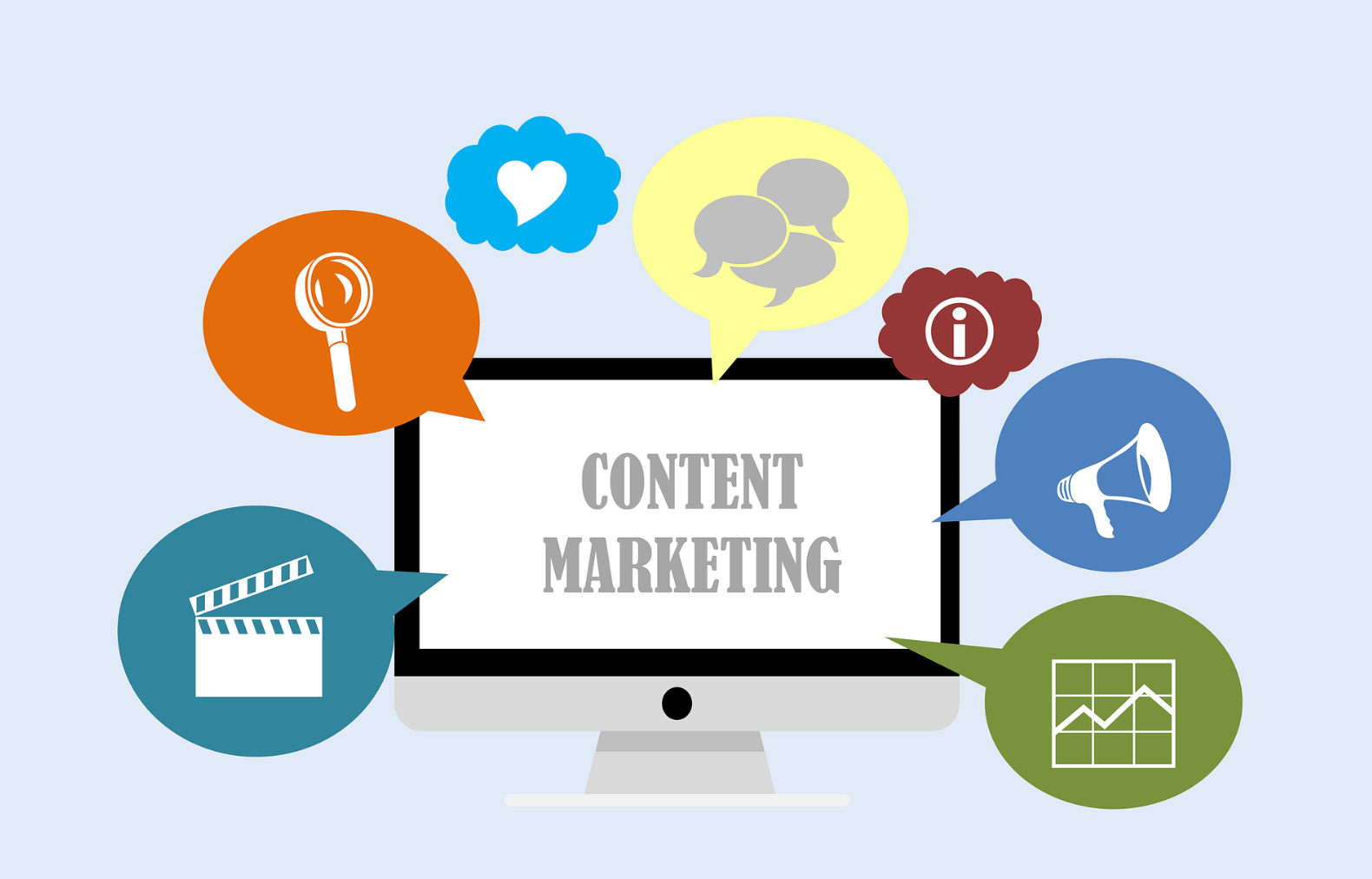Content
Discover what 'content' means in online marketing and why it's so important ➢ Click to learn more and boost your digital strategy ➢ Read now!
Discover what 'content' means in online marketing and why it's so important ➢ Click to learn more and boost your digital strategy ➢ Read now!
![What Is Content? [Definition And Examples] | Localo](/assets/img/dictionary-background.webp)
What is Content
In the context of the web, content refers to the information presented on a website or social media platform.It can be in the form of text, images, audio, video, or any combination of these. Content is a crucial element in digital marketing as it engages and informs the target audience. In the digital world of consumer communications, content is any form of information designed to engage, educate, and entertain the target audience. This information could take the form of blog posts, videos, infographics, podcasts, and other media. According to the Collins English Dictionary, content represents any formal expression of ideas or messages . It is vital that the poetic form adequate to the essential meaning of the message is chosen, ensuring that the medium aligns with what is being expressed.

Content is essential for businesses in the digital age because it is a primary way of attracting, engaging, and converting potential customers. Providing valuable and informative content on a website or social media platform can establish trust with the targeted audience, and encourage them to buy or engage with a business. Good content and user-generated content can also help to improve a website’s search engine ranking and social media reach, leading to increased traffic and the potential to convert visitors into loyal customers by enhancing the buying process.
Here are five common types of content that businesses use to engage and inform their target audience:
In essence, content is anything that fills an empty space with meaningful communication - be it marketing copy, analysis, or creative expression. It’s important to define content effectively to ensure it resonates with the intended audience and isn’t reduced to an empty word lacking in substance or simply vacuous nonsense.
To create effective content marketing campaigns, you must first thoroughly understand your target audience , including their needs, preferences, and behaviors. This insight allows you to craft compelling information that not only grabs attention but also resonates deeply with your audience. Your content should be informative, engaging, and well-written, with a clear message and a strong call to action that encourages the desired response.
The tone and style of your content must align with your brand’s personality and voice , ensuring consistency across all forms of communication. Whether your content is light-hearted, serious, or somewhere in between, it should reflect your brand’s identity while avoiding any violent content or anything that could detract from your image. Paying attention to physical detail, such as the use of visuals, formatting, and design, is also crucial in making your content more appealing and accessible.
Additionally, the principal substance of your content should focus on delivering real value to your audience. It’s not just about filling space; it’s about providing compelling information that meets your audience’s needs and helps solve their problems. To maximize the impact of your content, establish a consistent content schedule and choose the right distribution channels. This ensures that your content reaches the right audience at the right time, increasing the likelihood of engagement and conversion.
Here are three examples of how businesses can leverage different types of content to engage their audiences and achieve their marketing goals:
In essence, content encompasses any form of information shared on a website or social media platform, and it plays a vital role in the success of businesses in the digital age. Effective content not only engages and informs your target audience but also attracts potential customers, helping to grow your brand’s reach and influence. Whether through blog posts, videos, podcasts, infographics, or whitepapers, the key to impactful content lies in understanding your audience, crafting material that is well-written and aligned with your brand’s personality, and ensuring consistent distribution across the right channels.
By doing so, you can create content that resonates with your audience and drives meaningful results for your business.
❤️ Spread the word! ❤️
Found this guide valuable? Share it with your colleagues to help them boost their local marketing results too!
Powered by Localo 2025